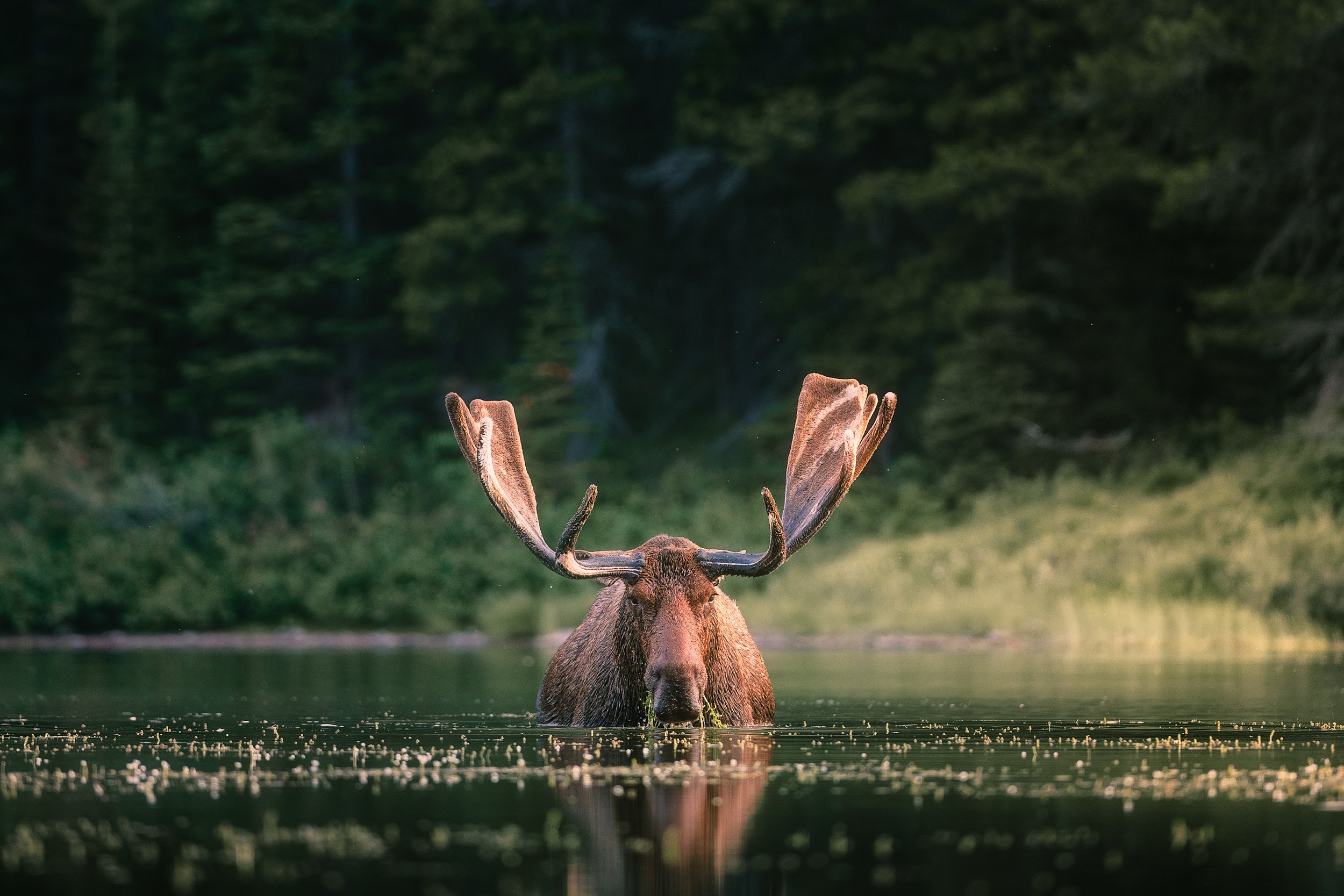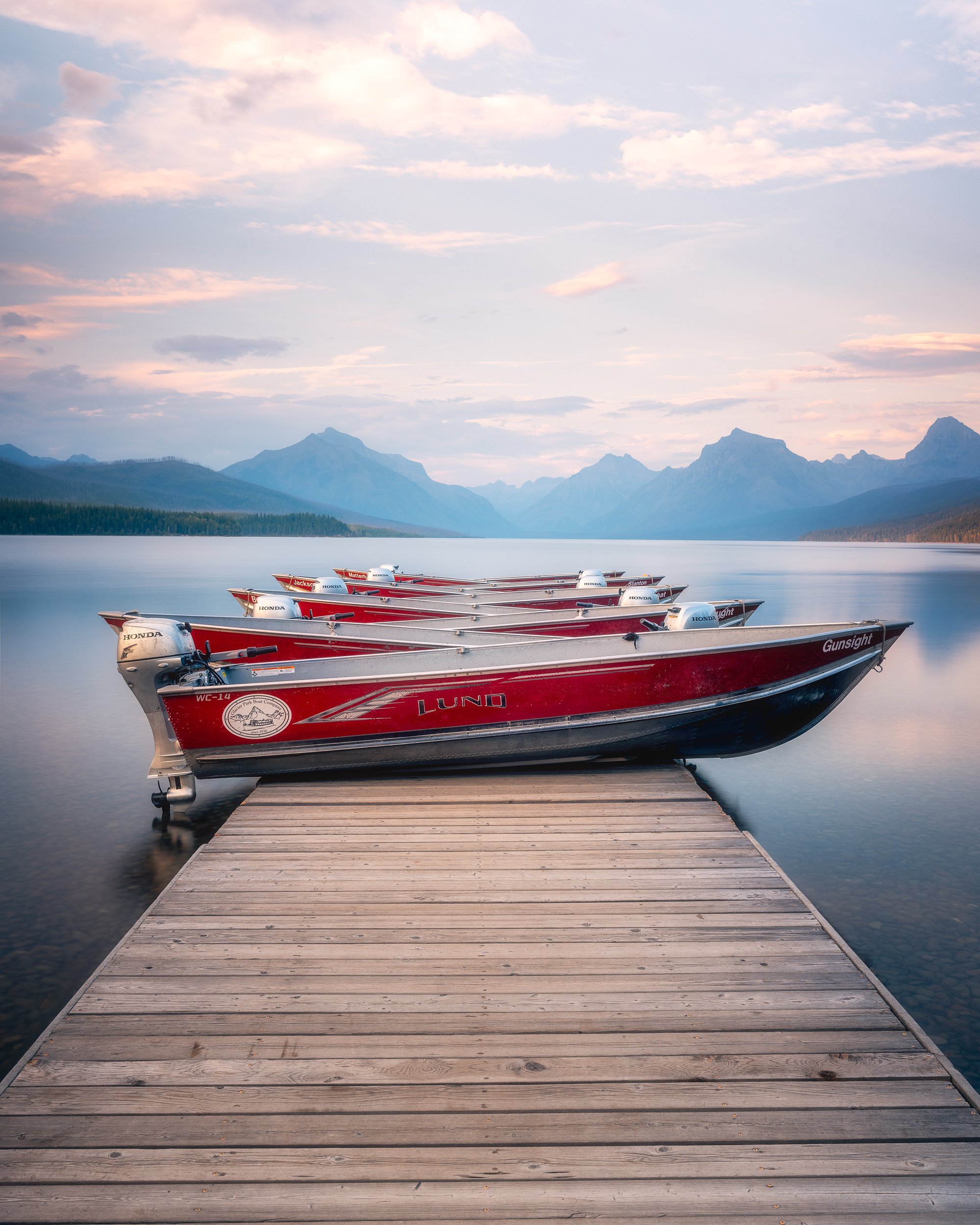Enhance Your Photography Without New Gear: 3 Transformative Practices
I’ve spent years chasing the perfect shots, hauling gear into the most remote and darkest parts of the country, waiting for the Milky Way to rise, and tweaking post-processing workflows until my eyes blurred. But when I reflect on what truly made me a better photographer, it wasn’t a new lens or a sharper sensor. It was a shift in mindset.
Here are three non-gear habits that transformed my photography and might just change yours too.
1 - Practicing Mindfulness in the Field
There was a time when I’d rush through a shoot, chasing light like it was about to disappear forever. I’d scramble to capture as many frames as possible always moving, always looking ahead to the next shot. But over time, I realized that frantic pace wasn’t doing my work (or my creativity) any favors. Quantity doesn’t equal quality, especially when you’re so focused on “getting the shot” that you miss the experience entirely.
Learning to slow down and be present transformed how I shoot. I started putting the camera down more often, just to watch the way shadows crept across a ridgeline or how wind teased through the trees. I noticed the way warm light touched the edges of canyon walls at golden hour and how subtle cloud patterns gave away what the weather would be doing in an hour. These quiet moments of observation began to influence my compositions and helped me connect more deeply to the places I photograph. It’s not just about what I shoot anymore, it’s about why I’m drawn to it in the first place.
2 - Telling Stories with Intention
When I first got into photography, my main goal was to capture beautiful scenes, and honestly, there’s nothing wrong with that. But as I grew more confident behind the camera, I realized the images that stuck with me (and with others) weren’t just pretty, they meant something. They told a story, evoked emotion, or captured a fleeting moment that said more than the sum of its parts.
Storytelling changed everything about how I approach photography. I don’t just think about exposure and composition, I think about context. What happened before this moment? What’s about to happen next? One image that sticks with me was taken in the Utah Badlands, just after sunrise. A friend stood on a natural pedestal with a thousand-foot drop beneath him, looking out over a landscape that could have been pulled from the surface of another planet. The light was soft, defused by the cloudy sky and surreal, casting dark shadows across the eroded ridges and clay textures.
But what made the photo work wasn’t just the scenery, it was the feeling. The stillness. The vulnerability of standing on the edge of something vast and unknowable. It tells a story about scale, solitude, and that quiet moment of awe we sometimes get when the world opens up in front of us. That shift, from documentation to storytelling, gave my images more emotional weight and helped me create photos that feel like something, not just look like something.
3 - Working on Personal Projects
One of the most valuable shifts in my photography journey has come from setting a few personal projects each year, usually two or three—that challenge me in new ways. These aren’t paid gigs or portfolio pieces; they’re creative goals I set for myself. Sometimes it’s about exploring a new location I’ve never photographed before, sometimes it’s about learning a new technique to enhance my skills and toolset, and other times it’s about chasing a very specific shot I’ve been visualizing for months or even years.
Having those focused projects gives me something to work toward without the pressure of perfection. Last year, one project was all about capturing the waterfalls, something I don’t see often living in the desert. Another was diving deeper into time-lapse techniques. These projects pulled me out of creative ruts, gave structure to my shooting schedule, and helped me grow in directions I might have otherwise avoided.
The best part? Personal projects don’t have to be big to be meaningful. It could be as simple as shooting a single tree through the seasons, or finally learning to stack and blend your astrophotography exposures. The key is choosing something that excites you, challenges you, and makes you want to pick up your camera. When I look back at the images I’m most proud of, so many of them came from these self-assigned challenges and I always come away having learned something new.
Final Thoughts
It’s easy to get caught up in the idea that better gear leads to better images. And sure, the right lens or sensor can open new doors, but some of the most meaningful growth I’ve experienced as a photographer came from shifts in mindset, not equipment.
Practicing mindfulness helped me slow down and truly connect with the landscapes in front of me. Telling stories gave my work more emotional weight and purpose. And personal projects brought consistency, clarity, and creative breakthroughs I never expected. These aren’t things you can buy but they’re absolutely things you can cultivate.
So if you’re feeling stuck or like your work is missing something, try looking inward instead of toward the next big purchase. Get quiet in the field. Think about what story you’re telling. Start a project just for you. Those are the habits that have kept me inspired and I genuinely believe they can do the same for you.
What non-gear practices have helped you grow as a photographer?
I’d love to hear your take! Drop a comment on the blog, tag me on social media or shoot me an email and let’s keep the conversation going.
If this post resonated with you, consider sharing it with a friend and subscribing to the newsletter for more personal stories, workshop updates, and behind-the-scenes tips.
FAQs
Q: How can I start practicing mindfulness in photography?
A: Begin by slowing down during your shoots. Take time to observe your surroundings, focus on the details, and be present in the moment. This approach can lead to more thoughtful and compelling images.
Q: What makes a photograph tell a story?
A: A storytelling photograph often conveys emotion, context, and a sense of place. Consider the narrative you want to share and how elements like composition, lighting, and subject matter contribute to that story.
Q: How do personal projects benefit photographers?
A: Personal projects provide structure, encourage experimentation, and help develop a unique style. They allow photographers to explore themes deeply and consistently, leading to growth and creative fulfillment.
Q: Where can I find inspiration for personal photography projects?
A: Inspiration can come from various sources—nature, personal experiences, or even current events. Reflect on what interests you and consider how you can explore that theme through your photography.




